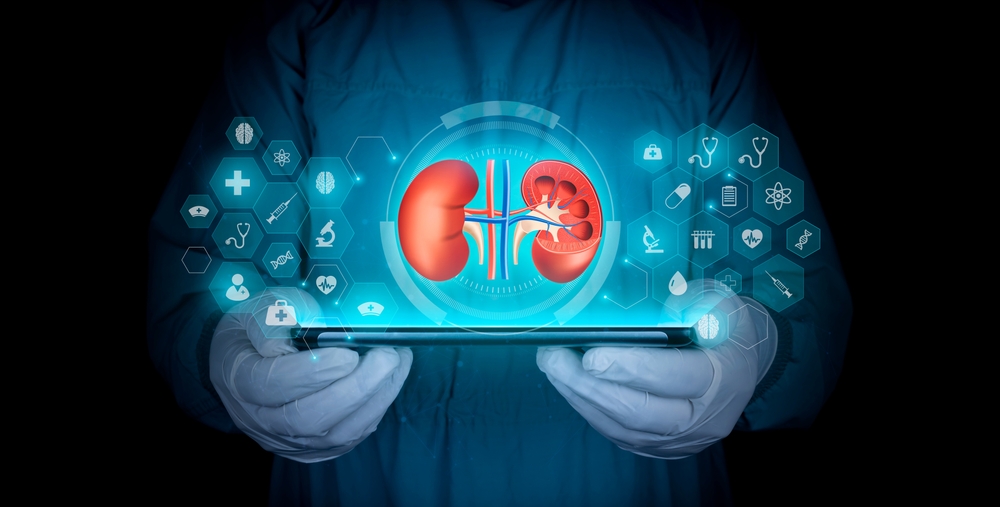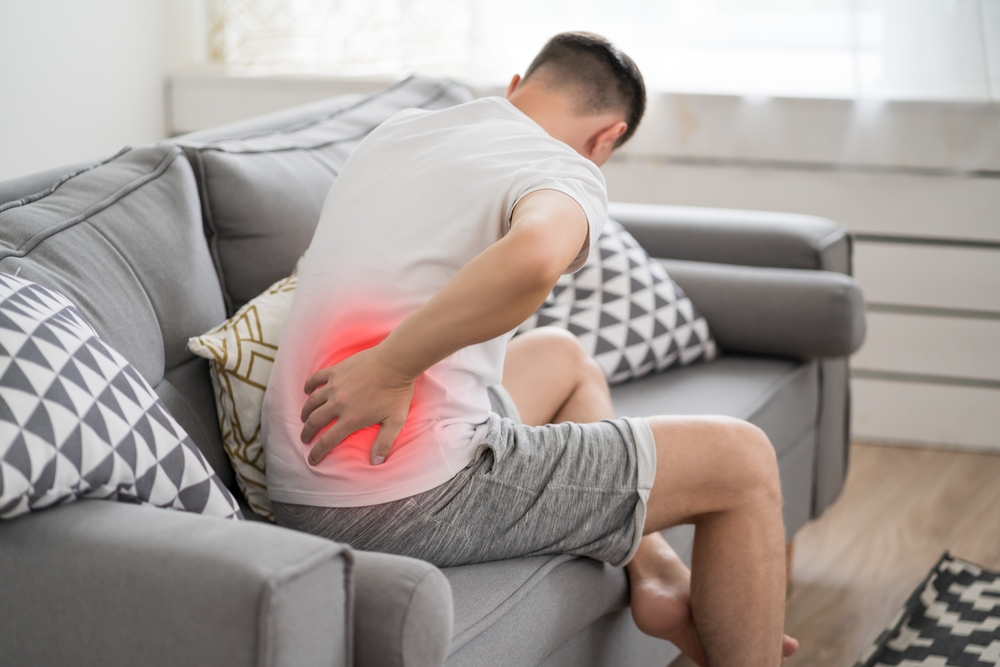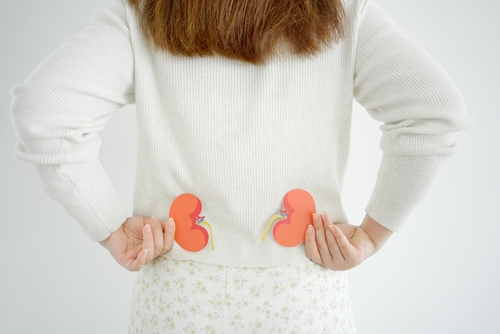When it comes to your body, there is a lot of things that can go wrong. But among the scariest of issues that you can develop is kidney problems. Minor things like experiencing a kidney infection in Henderson can be bad, but even worse is getting stricken with chronic kidney disease (CKD).
Becoming affected by CKD is something that can drastically change your life, so in an effort to help you better understand it, we have broken down the five different stages of CKD and what you can expect from each one.
What Is Chronic Kidney Disease?
Let’s first start with what exactly CKD is. This unfortunate disease is a condition which slowly reduces your kidneys’ ability to function. Eventually, the kidneys will reach a point where they do not function well enough to keep your body sustained, at which point you will likely need frequent dialysis from a Las Vegas kidney specialist.
The causes of CKD are numerous, but there are certain health threats that are found the be the biggest culprits of causing this disease. The biggest things that you should be keeping an eye out for is early signs of high blood pressure and diabetes because these are the two most common causes of CKD.
Determining Which Stage You Are In
CKD can be broken down into five different stages, with each having their own unique symptoms and severity. By seeing a physician or kidney specialist in Las Vegas, you can get properly tested and will be able to figure out exactly what stage you are in.
Figuring this out requires you to know your glomerular filtration rate (GFR) which is a simple formula that uses the amount of creatinine in your blood to determine how well your kidneys are functioning. Once your doctor has determined your GFR, they will be able to properly put you into one of these five stages and start helping you get the proper treatment.
Stage 1 Symptoms
This is the beginning stages of CKD and is something that actually ends up going undiagnosed quite frequently because there are very few indicators that CKD has already started to set in. If your GFR is at 90ml/min or greater, then that indicates that you have entered stage 1 of CKD. However, there’s no need to immediately panic if you are told this because kidneys are capable of doing a more than satisfactory job of removing toxins from your bloodstream even when they are no longer functioning at a full 100 percent efficiency rate.
What to Do About Stage 1 CKD
Stage 1 can usually be managed quite easily from doing a few simple things with your daily life. By improving your diet through the lowering of saturated fats and cholesterol, among other things, you can make tremendous strides in fighting off the progression of CKD. In addition to improving your diet, you should also make an effort to exercise daily and quit smoking. By simply following these easy steps, you should be able to keep your CKD under control.
Stage 2 Symptoms
In many ways, stage 2 is very similar to stage 1. For instance, someone who has stage 2 CKD will also have a high chance of going undiagnosed due to there being a lack of symptoms showing. If someone has a GFR of 60-89ml/min, then they have officially entered the second stage of CKD, but this is also not something that should be extensively worried about because it too can be managed fairly efficiently with some simple life changes.
What to Do About Stage 2 CKD
If you have been diagnosed with stage 2 CKD, then there are a few things that your doctor will likely recommend. You should begin improving your diet, be more conscious about controlling your blood sugar, try to get some exercise every single day, make an effort to stop smoking, and take any medications that your doctor may prescribe you.
Stage 3A and 3B Symptoms
The third stage of CKD can be divided up into two different levels which are represented by 3A and 3B. Stage 3A refers to anyone who has a GFR of 45-59ml/min and 3B is an individual with a GFR of 30-44ml/min. This is the point when physical symptoms start to occur as a result of your kidneys reaching such a reduced productivity level.
As you enter stage 3, you can expect to experience increased fatigue, kidney pain, or changes in urination which includes blood becoming present in the urine.
What to Do About Stage 3A and 3B CKD
In addition to improving your diet and exercising daily, individuals who have stage 3 CKD will also want to ensure that they are taking whichever medication their doctor prescribes them, which will likely be some kind of blood pressure medication.
Stage 4 Symptoms
By stage 4, the individual has progressed into severe kidney failure and has a GFR of only 15-30ml/min. Just like stage 3 CKD, people in stage 4 will likely experience fatigue, urination changes, and kidney pain. In addition to those issues, it is also possible that they may have to deal with nausea, a metallic taste in their mouth, problems with their nerves, and may even develop bone or heart disease.
What to Do About Stage 4 CKD
At this stage of CKD, the patient will need regular checkups and will likely require serious treatments in order to prevent any further life-threatening damage. Their options of treatments could include some type of dialysis as well as undergoing a kidney transplant.
Stage 5 Symptoms
Stage 5 is the worst version of CKD and it means that the person’s kidneys have a GFR that is less than 15ml/min. It’s at this point that individuals might experience a severe lack of urine production, increased muscle cramps, and changes in skin color in addition to all of the symptoms from the lower stages.
What to Do About Stage 5 CKD
By the time an individual has reached stage 5, they likely require dialysis or a kidney transplant in order to continue living. In stage 5 CKD, an improved diet is not only recommended but necessary.
Keywords: kidney specialist las vegas, kidney infection Henderson, dialysis las vegas, kidney disease Henderson



